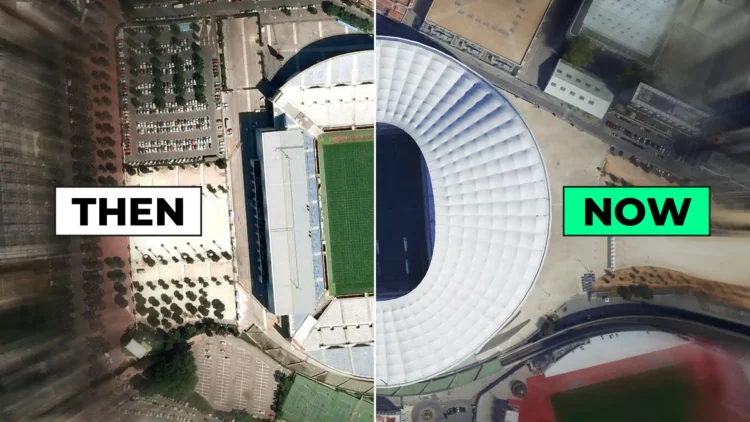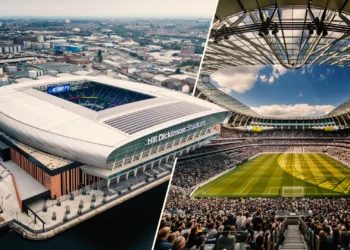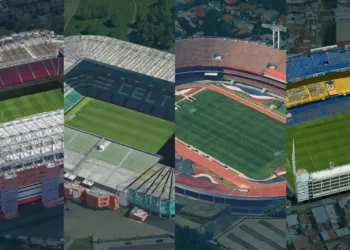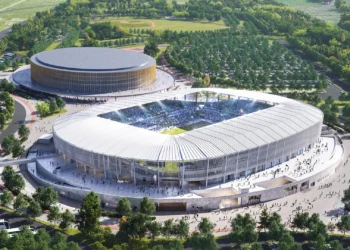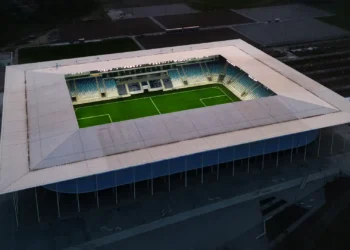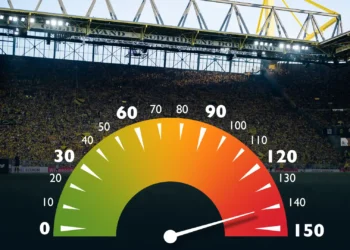Stadiums are more than just places for football—they’re symbols of history, culture, and ambition. Over the decades, many legendary arenas have transformed beyond recognition. From plain concrete bowls to futuristic mega-arenas, the evolution is jaw-dropping.
Let’s take a visual journey through time and see how 20 world-famous stadiums have changed from THEN to NOW.
Santiago Bernabéu – Spain
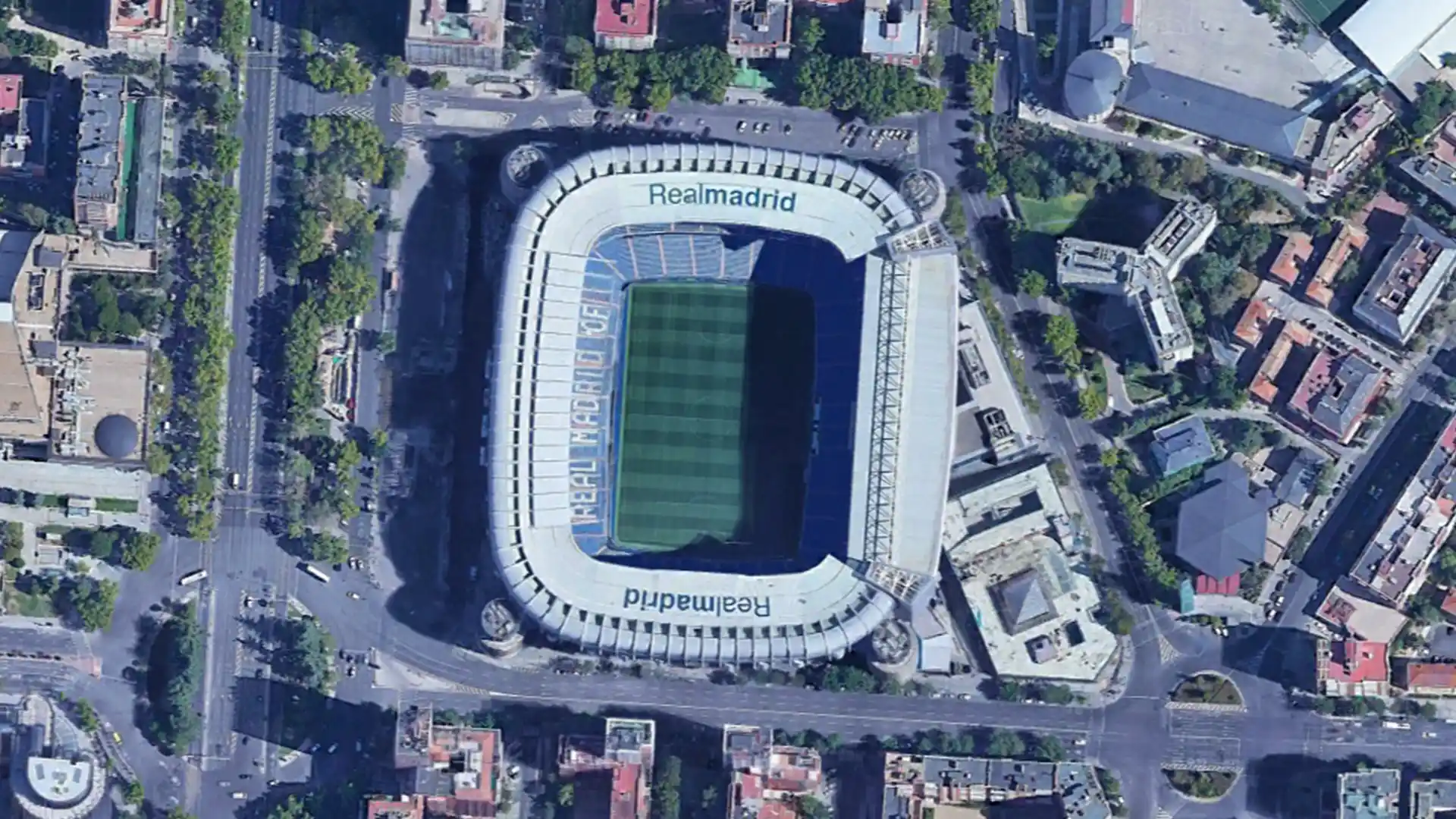
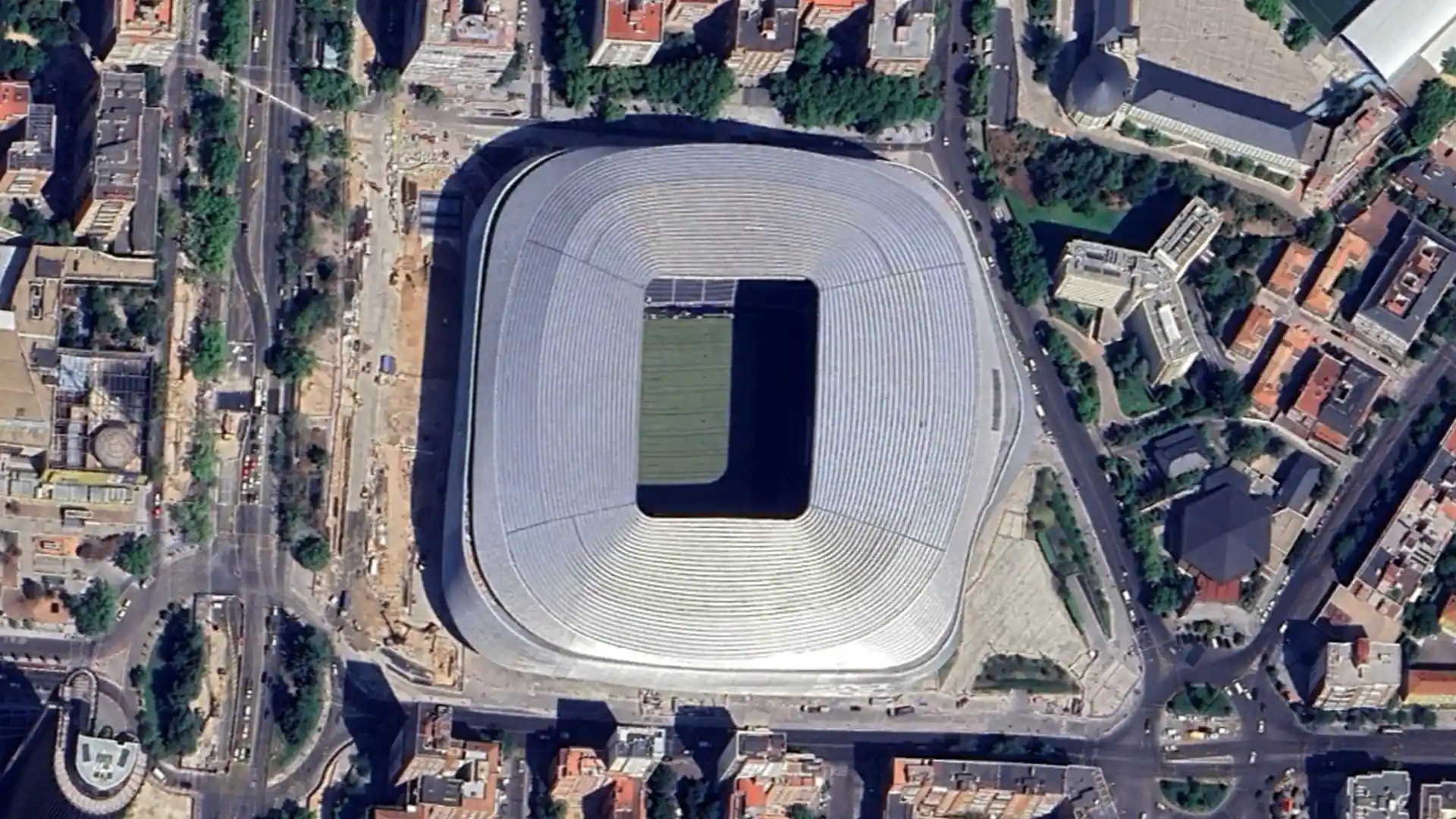
Then: Open stands, concrete structure, built in 1947.
Now: A space-age stadium with a retractable roof, 360° screen, and a glowing exterior.
Fun Fact: Renovated while Real Madrid continued to play home games!
Camp Nou – Spain
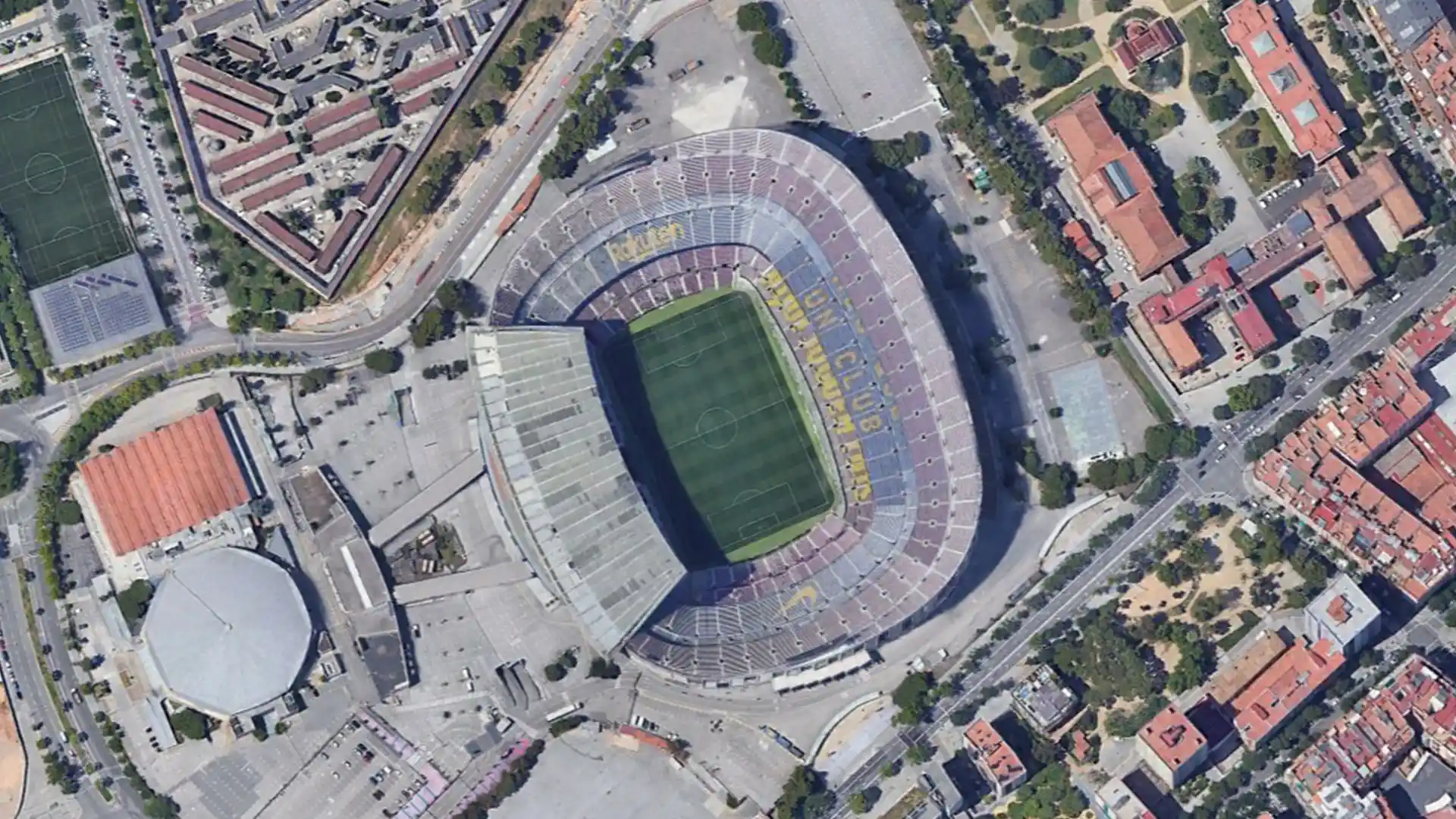
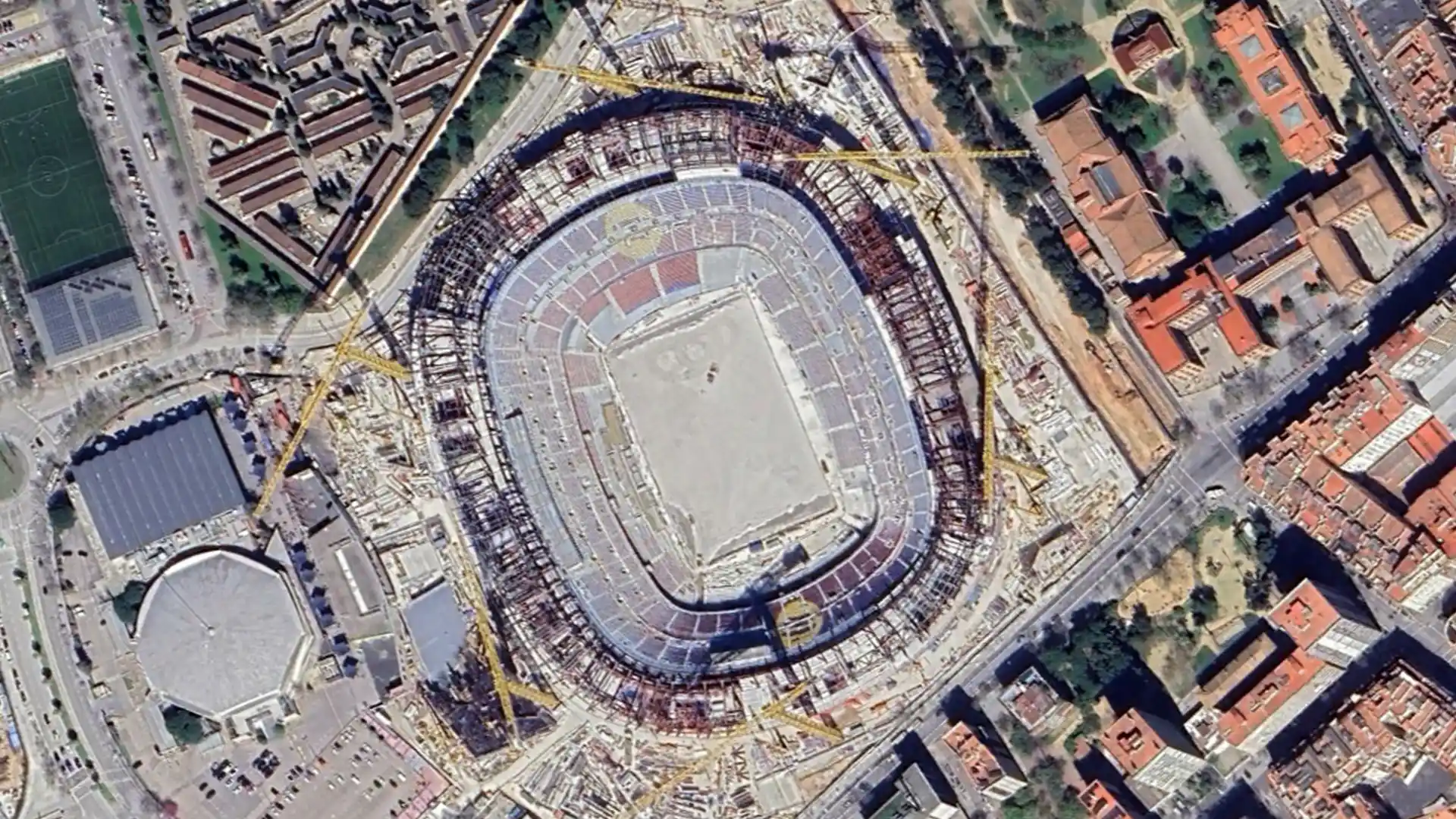
Then: Open-air giant with little comfort, inaugurated in 1957.
Now: Being rebuilt into a state-of-the-art smart stadium.
Fun Fact: It will be Europe’s largest stadium with 105,000 seats once finished.
Wembley Stadium – England
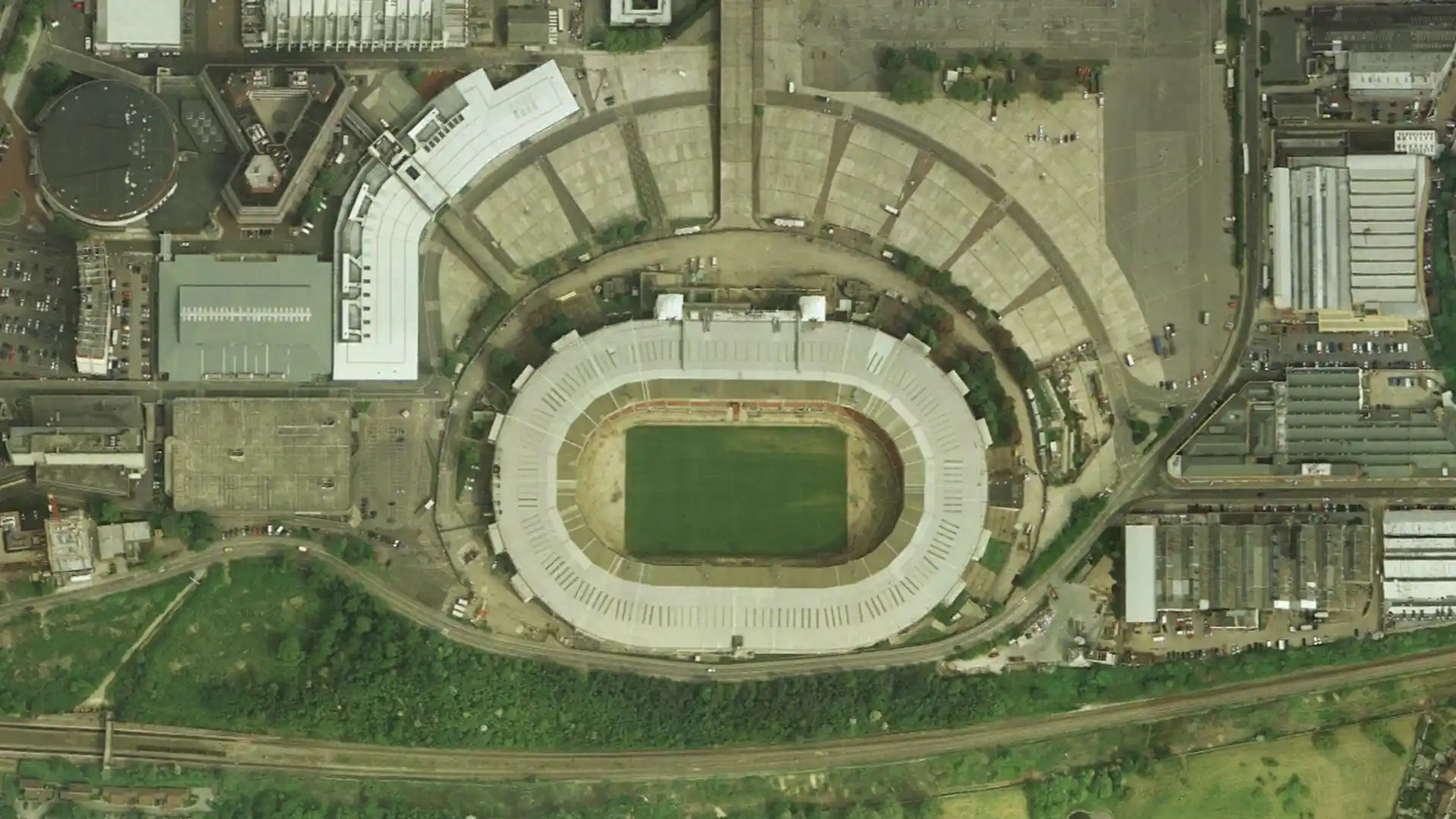
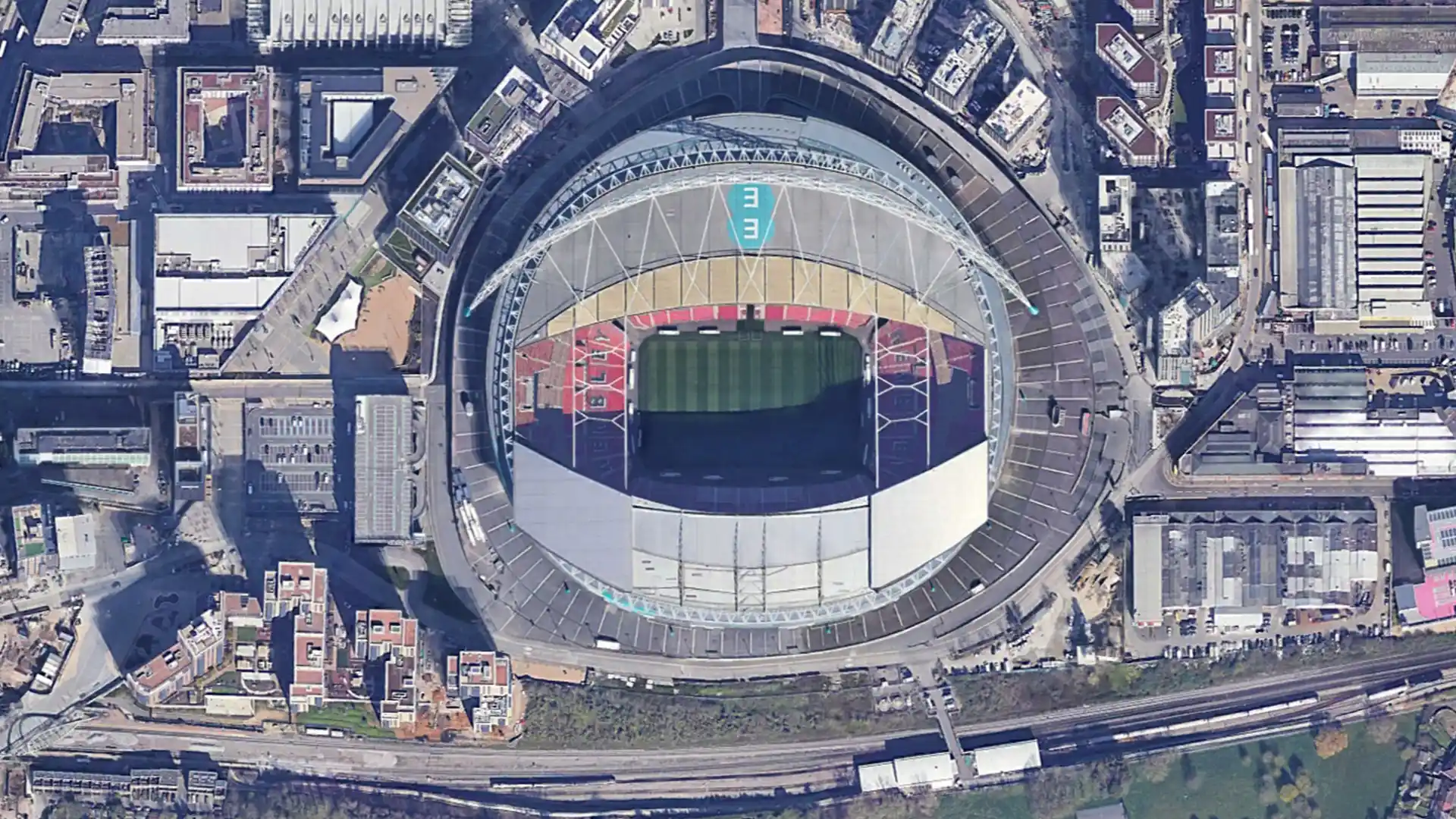
Then: Home of football with iconic twin towers, opened in 1923.
Now: Rebuilt in 2007 with a massive arch that dominates the London skyline.
Fun Fact: The arch is 133 meters tall and can be seen from 20 km away.
San Siro – Italy
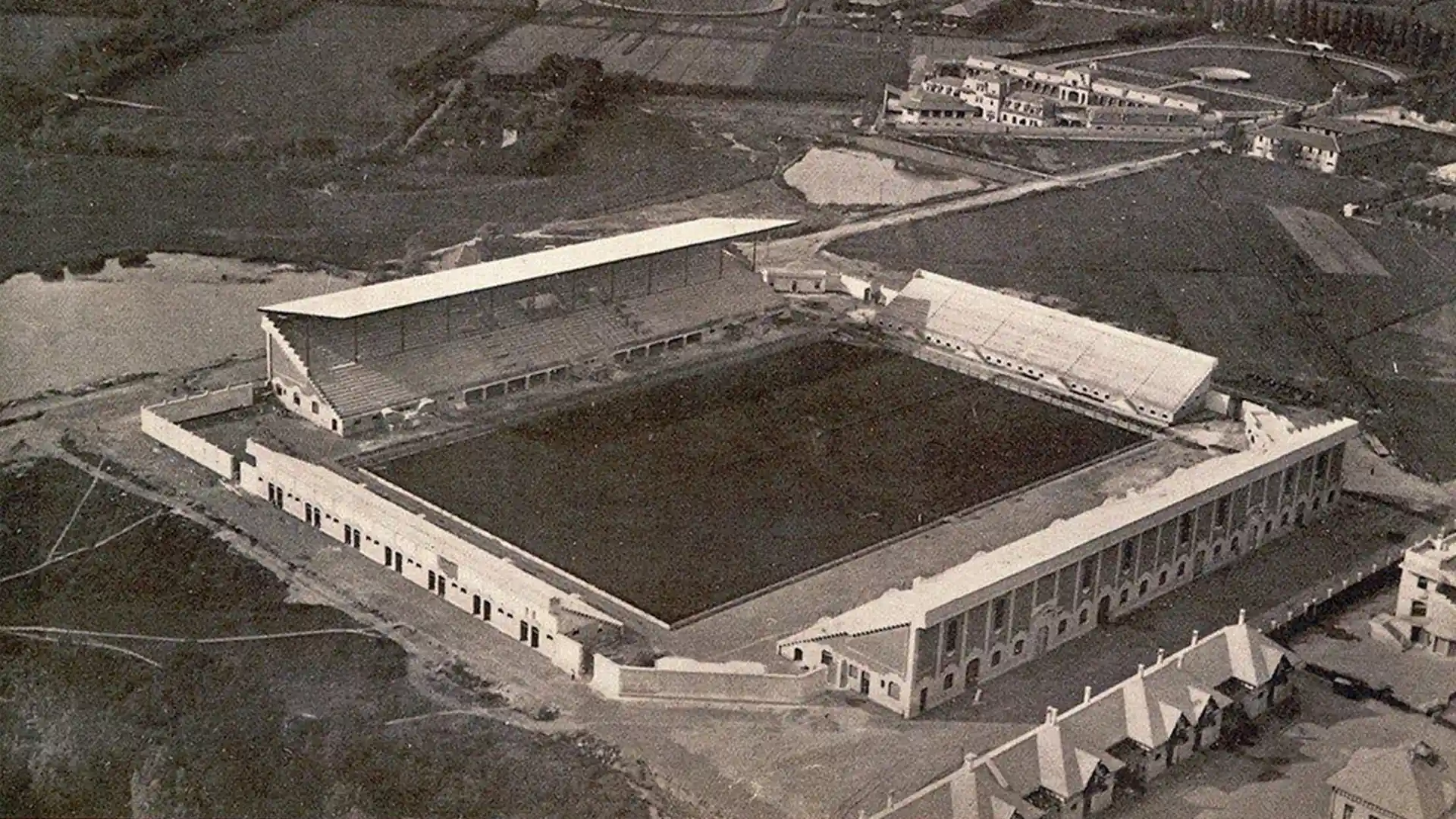
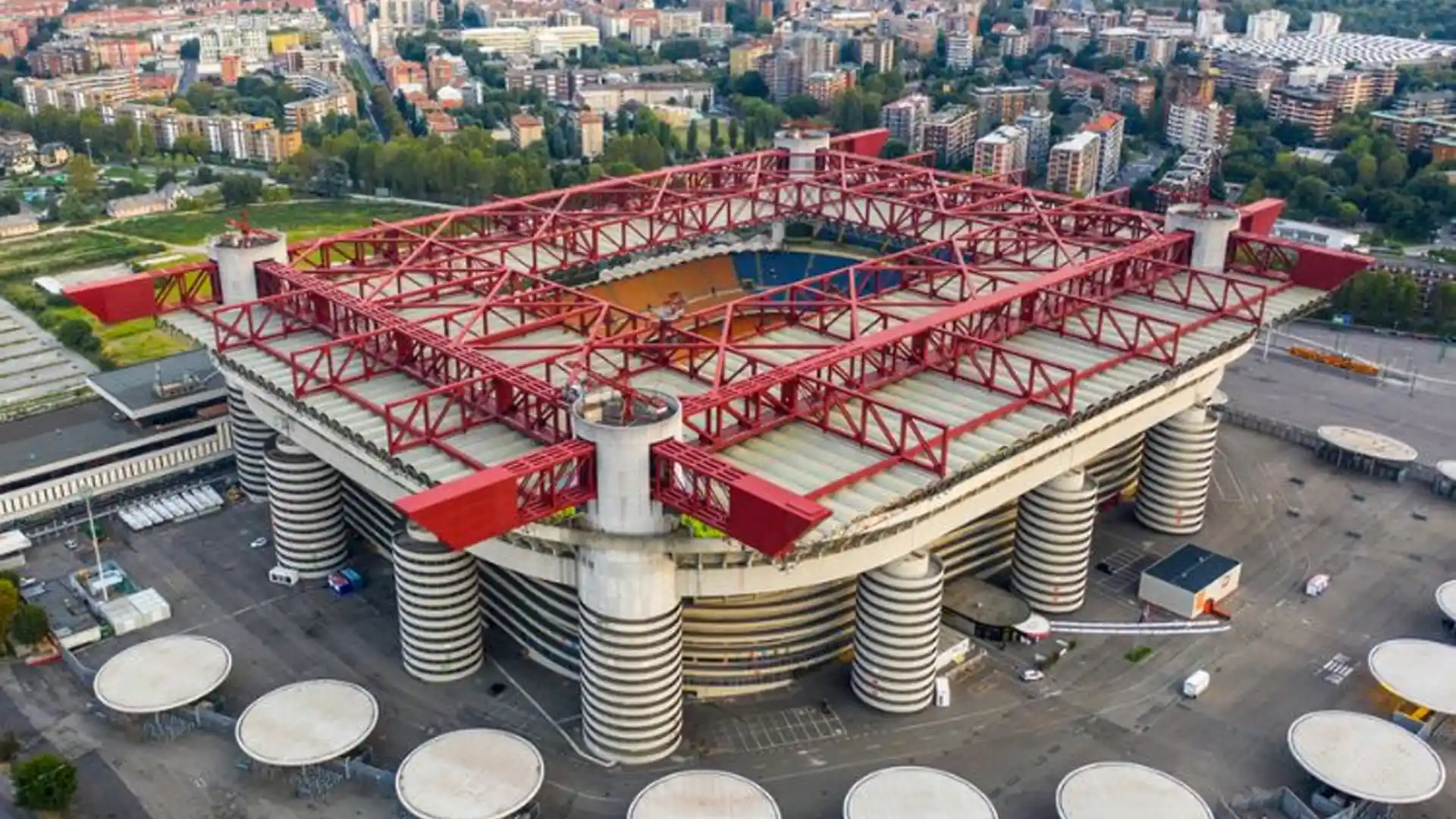
Then: Opened in 1926, expanded over time.
Now: Still in use but will be replaced by a modern stadium soon.
Fun Fact: Shared by two giants—AC Milan and Inter.
Stade Vélodrome – France
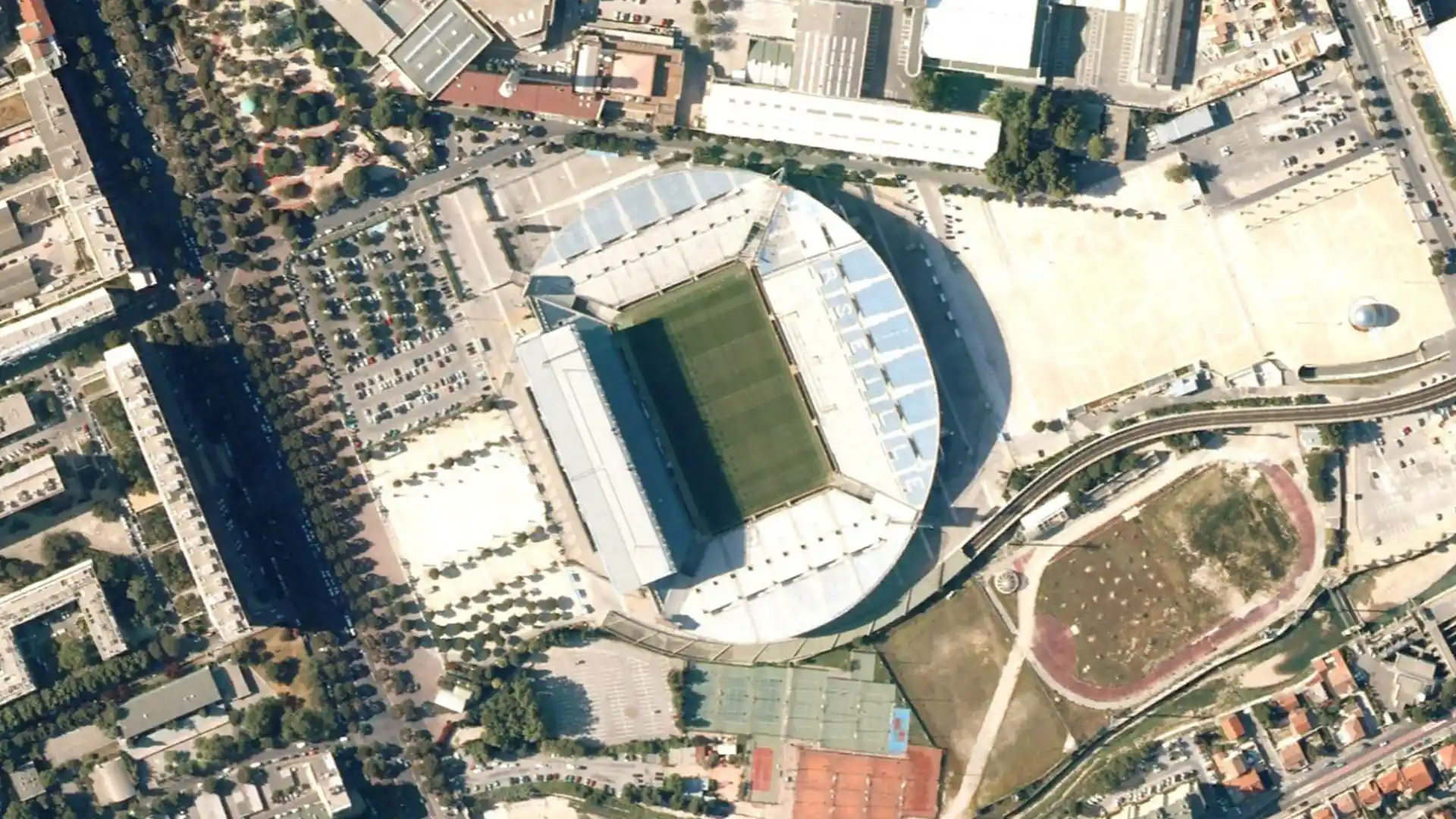
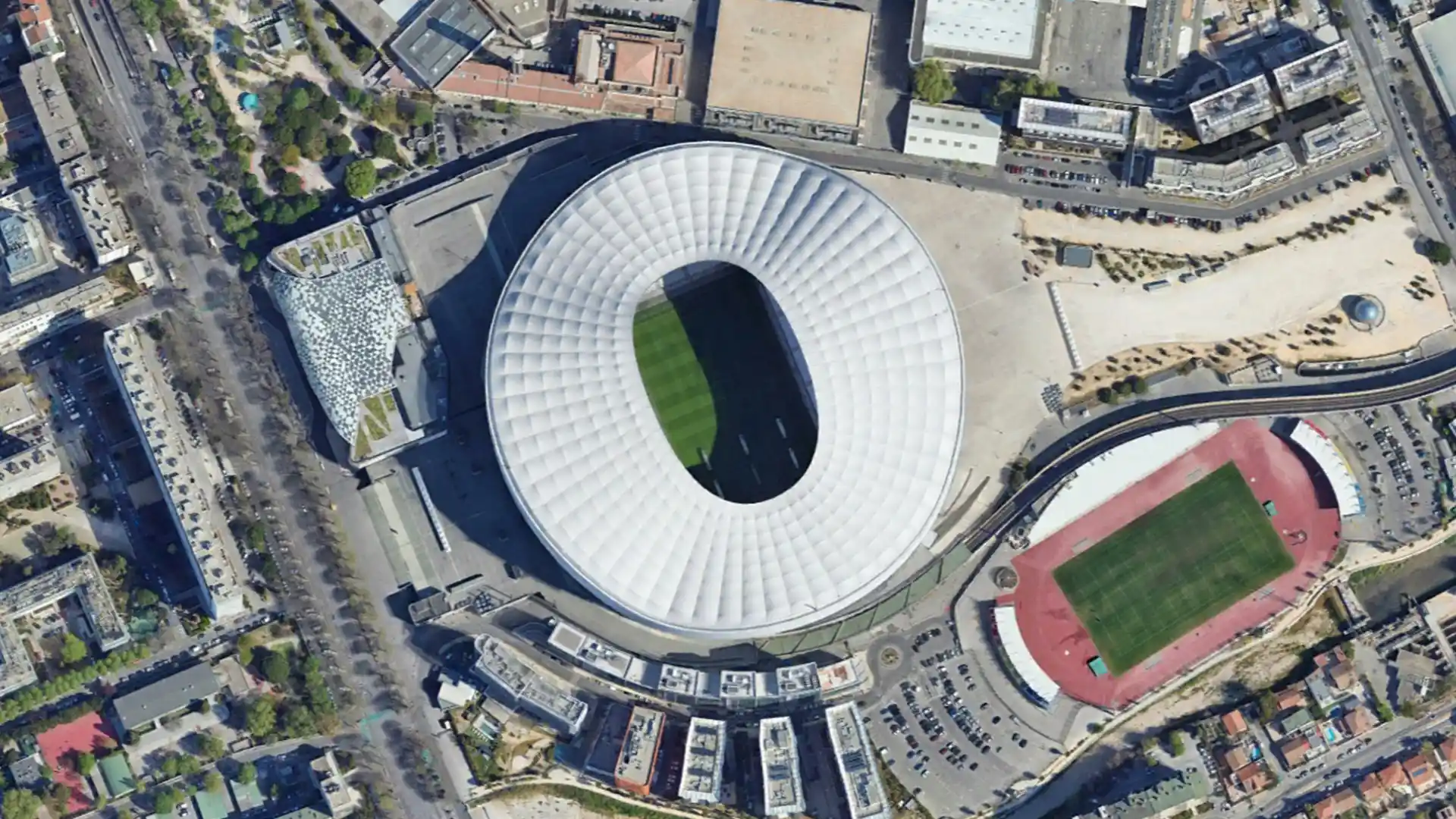
Then: Built in 1937, half-open with no roof.
Now: Covered, modernized, and louder than ever.
Fun Fact: Marseille fans are among the noisiest in Europe.
Tottenham Hotspur Stadium – England
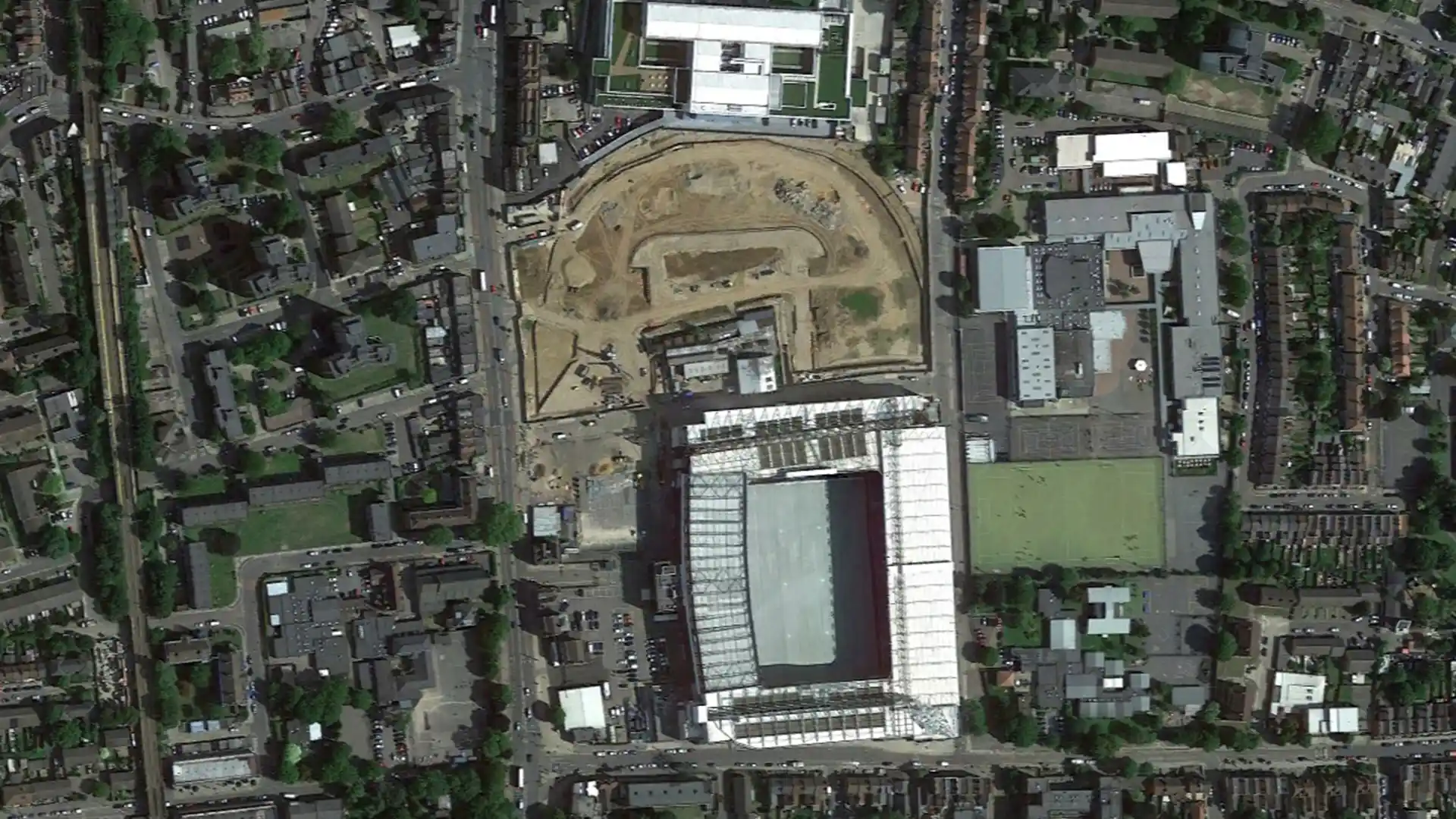
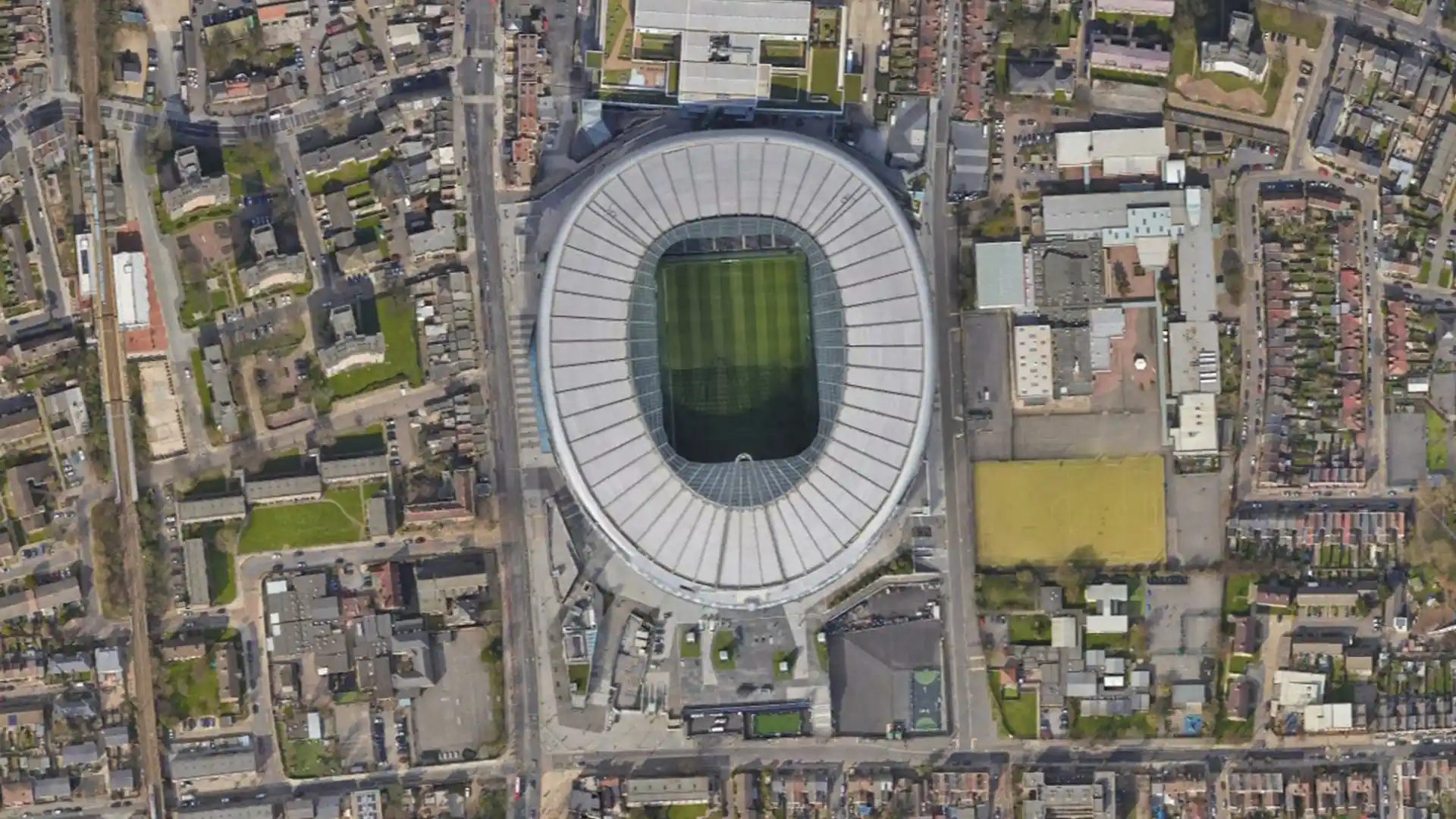
Then: The classic White Hart Lane—tight, old, and beloved.
Now: One of the most technologically advanced stadiums in the world.
Fun Fact: Has a retractable pitch for NFL games.
Allianz Arena – Germany
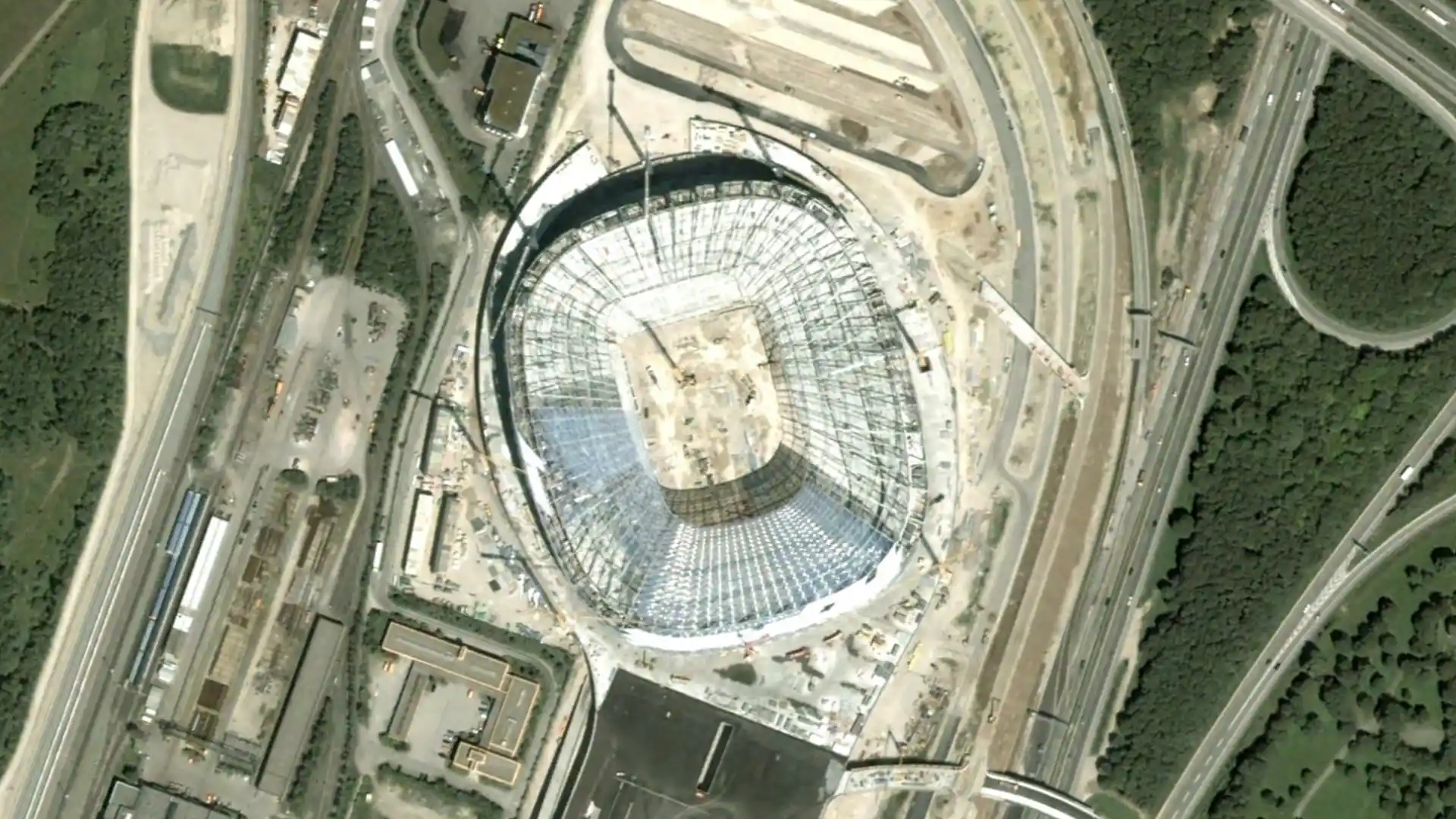
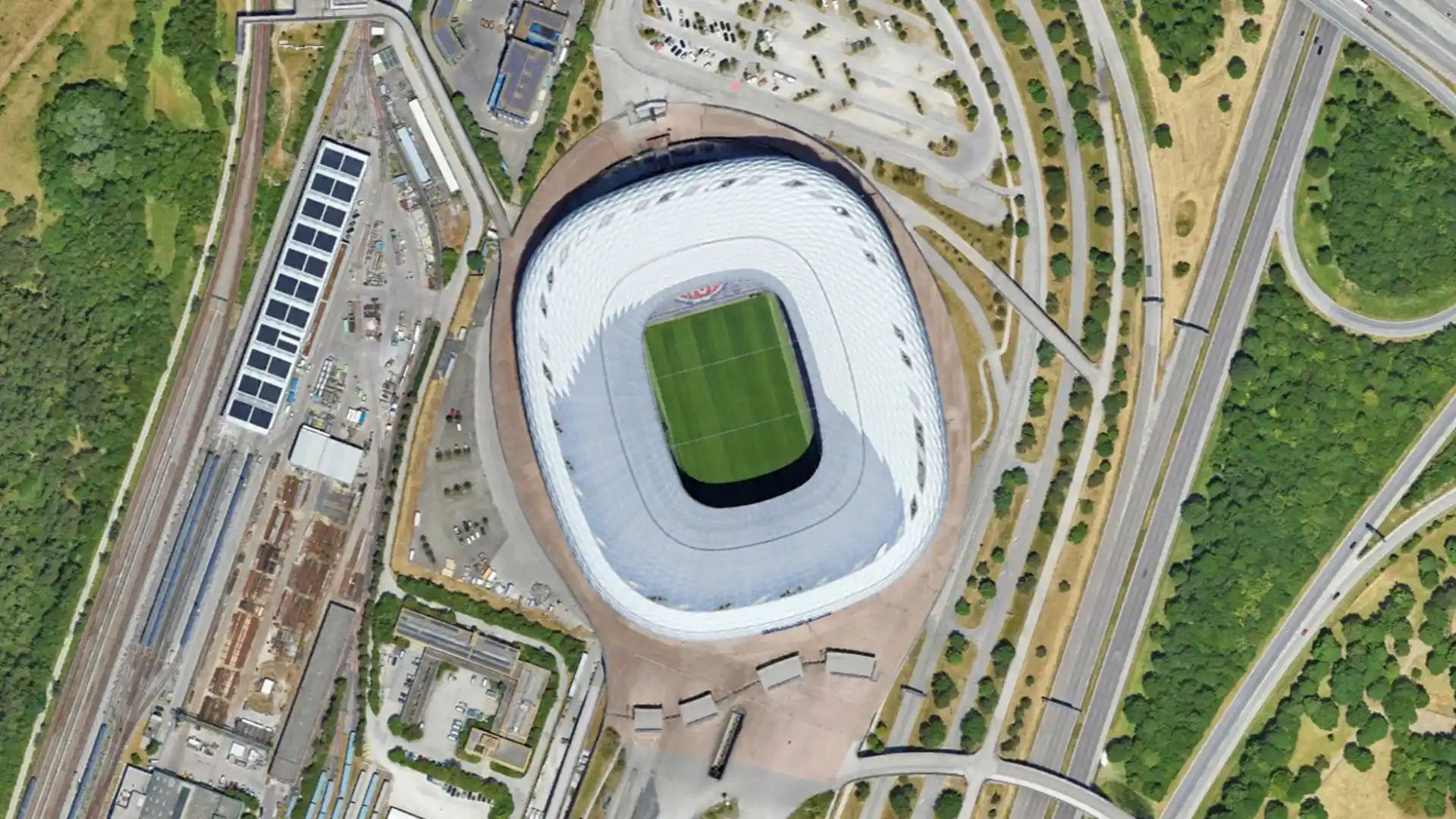
Then: Bayern played in the Olympiastadion until 2005.
Now: A glowing masterpiece that changes color based on who’s playing.
Fun Fact: Its exterior is made of 2,874 inflatable panels!
Old Trafford – England
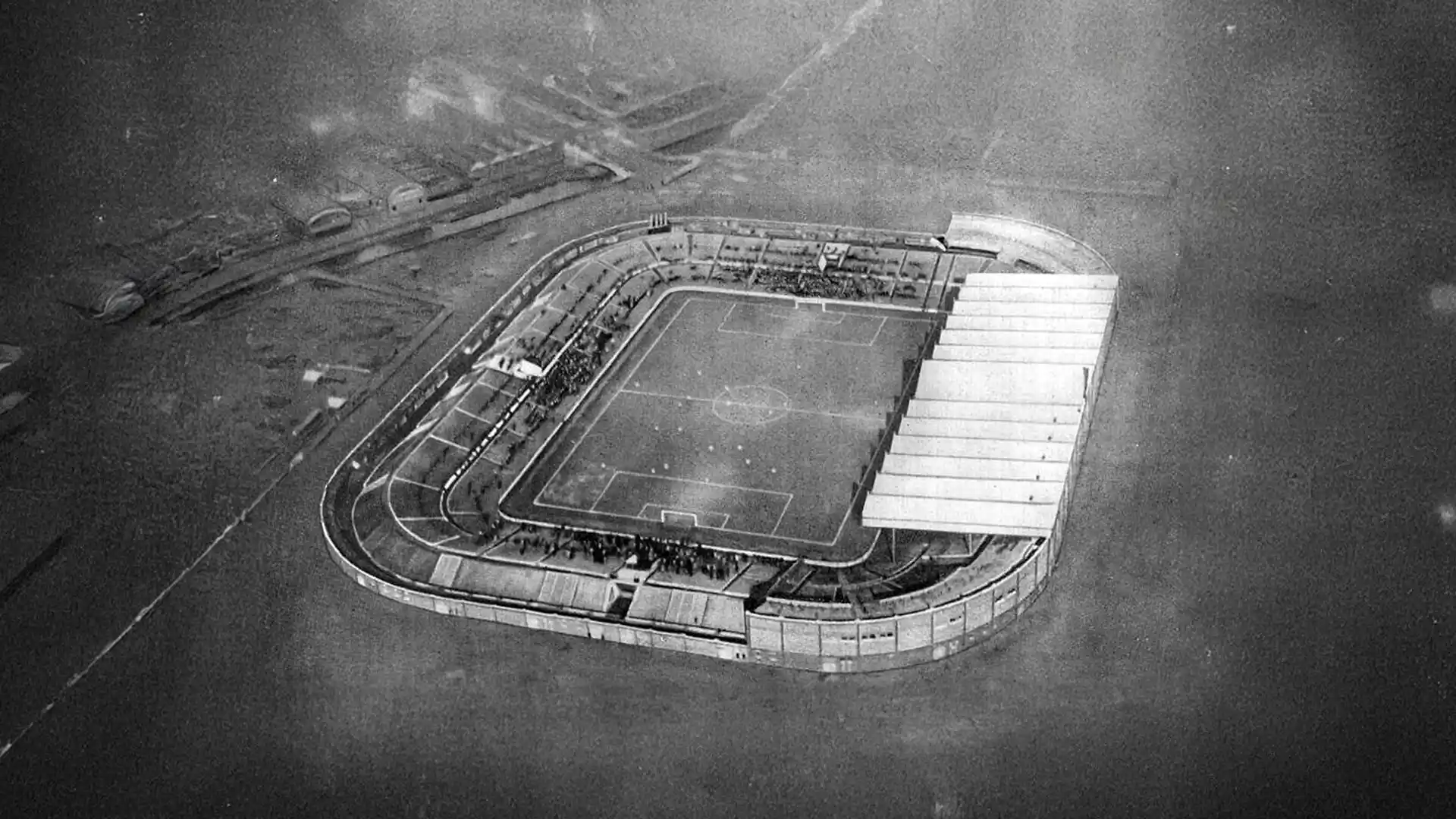

Then: Bombed during WWII, rebuilt post-war.
Now: Still iconic but aging compared to modern rivals.
Fun Fact: Nicknamed ‘The Theatre of Dreams.’
Estádio da Luz – Portugal
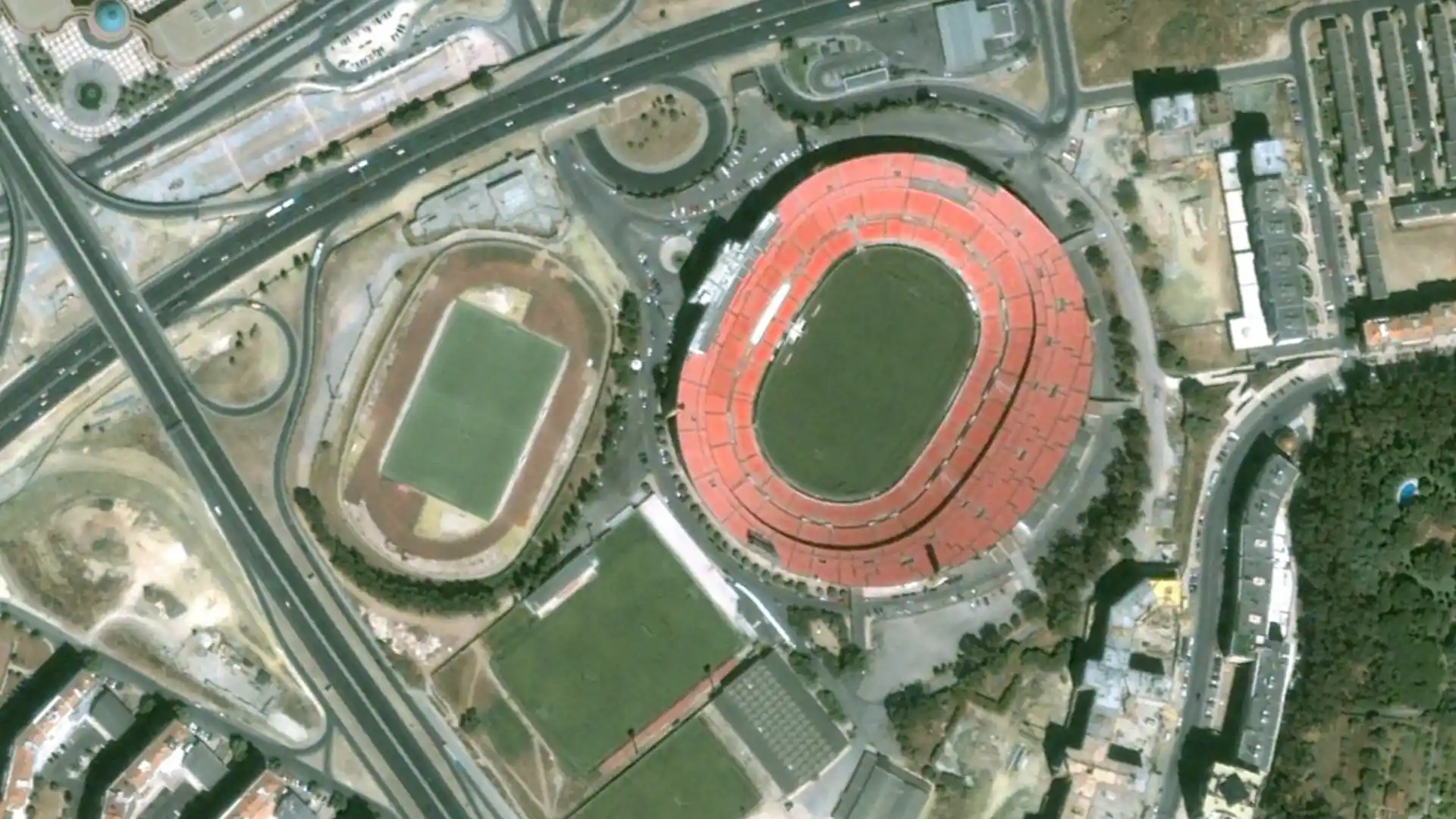
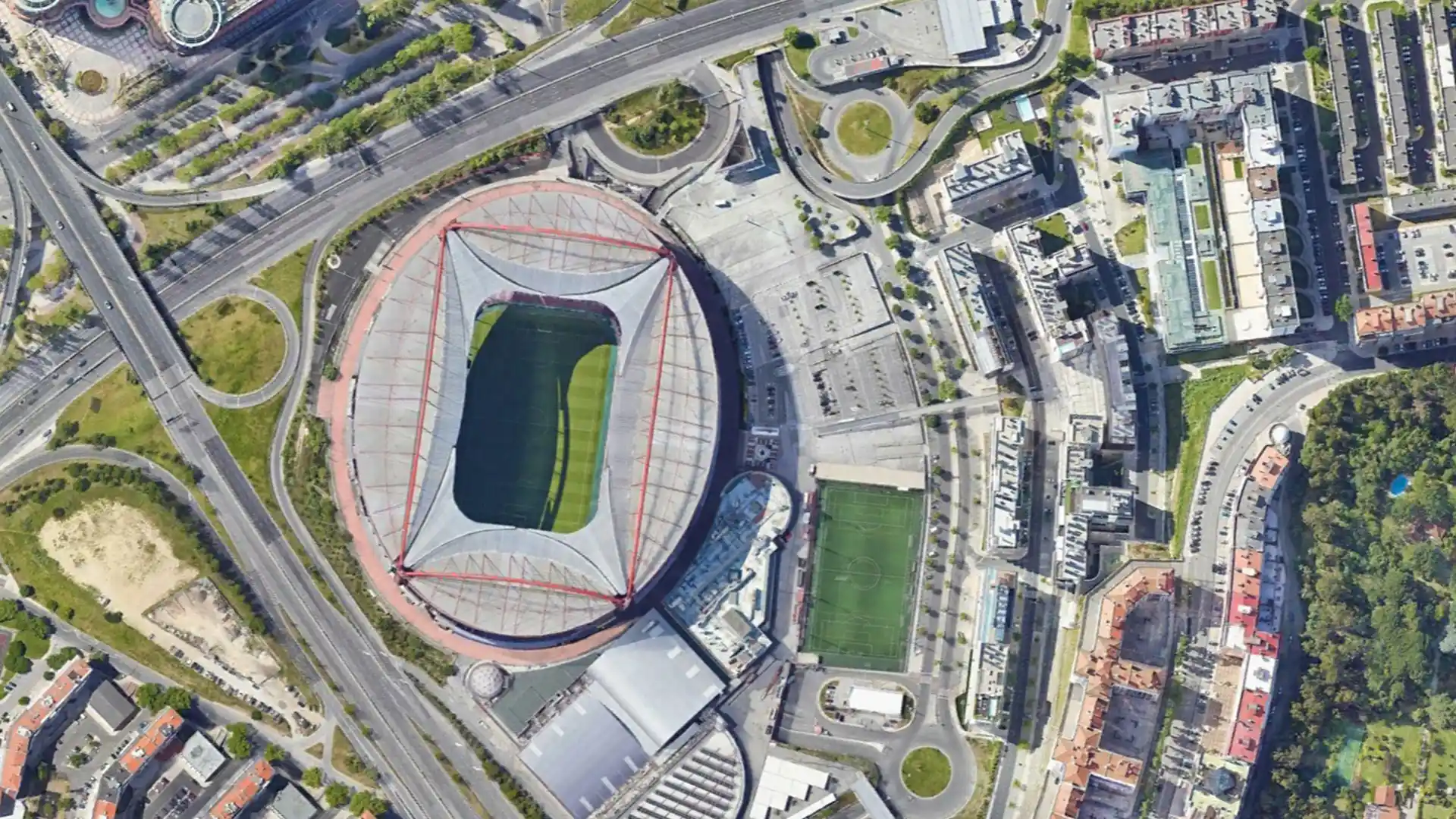
Then: The old “Cathedral of Football”, opened in 1954.
Now: Rebuilt in 2003 to host Euro 2004.
Fun Fact: Nicknamed “The Stadium of Light”—just like Sunderland’s!
Maracanã – Brazil
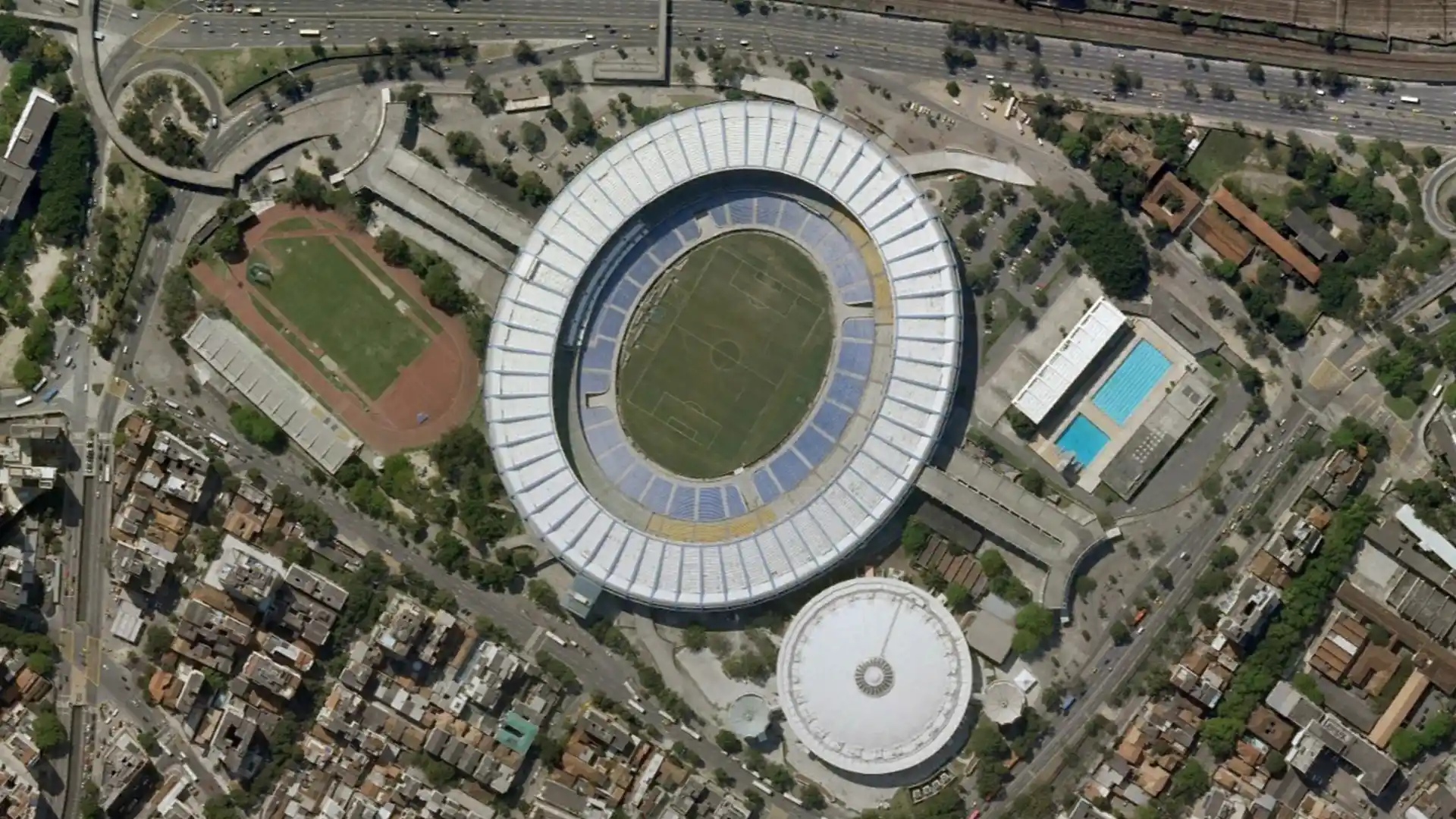
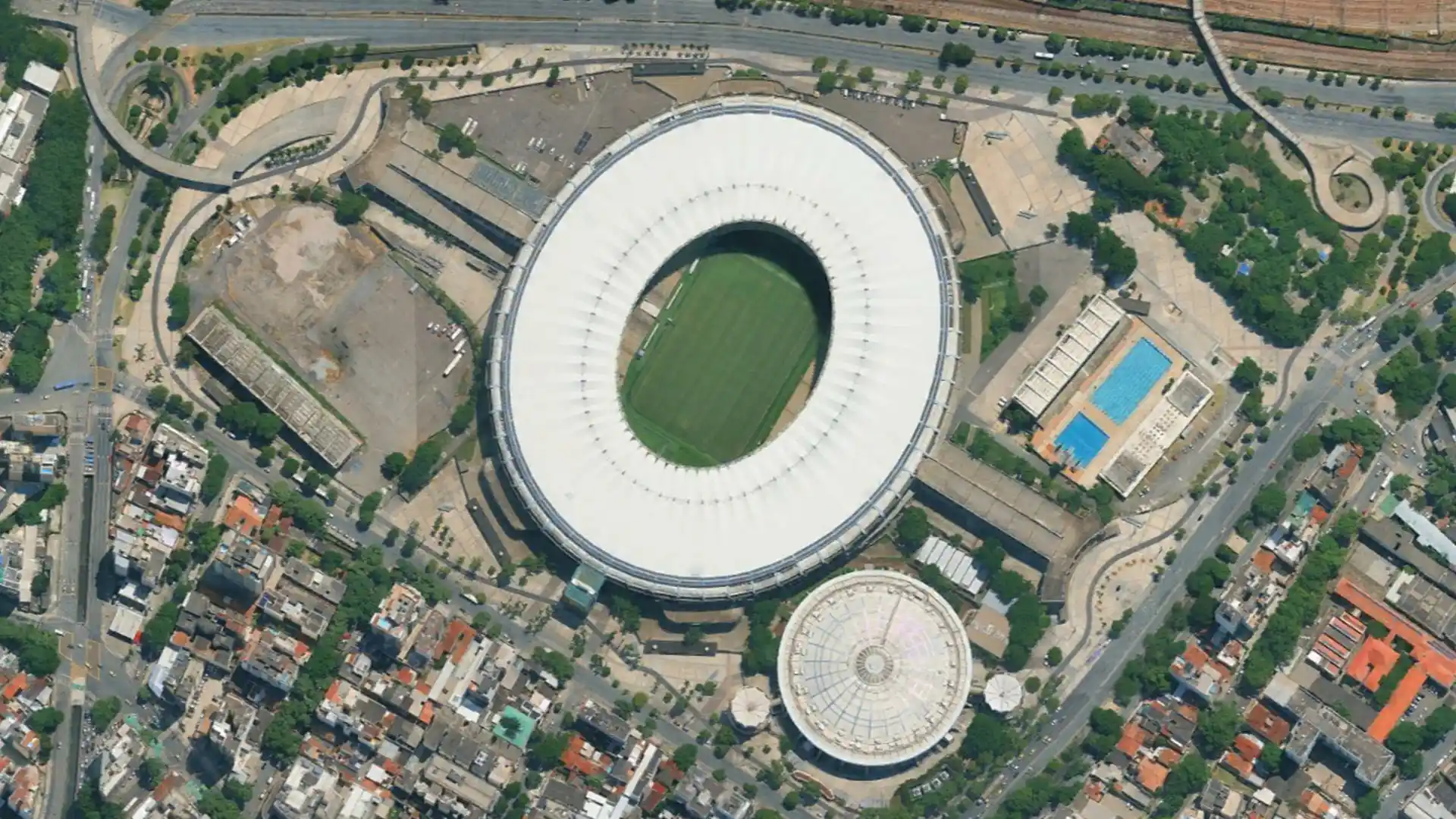
Then: The biggest stadium in the world in 1950 with nearly 200,000 capacity!
Now: Modernized and downsized to meet FIFA standards.
Fun Fact: Still the beating heart of Brazilian football.
Lusail Stadium – Qatar
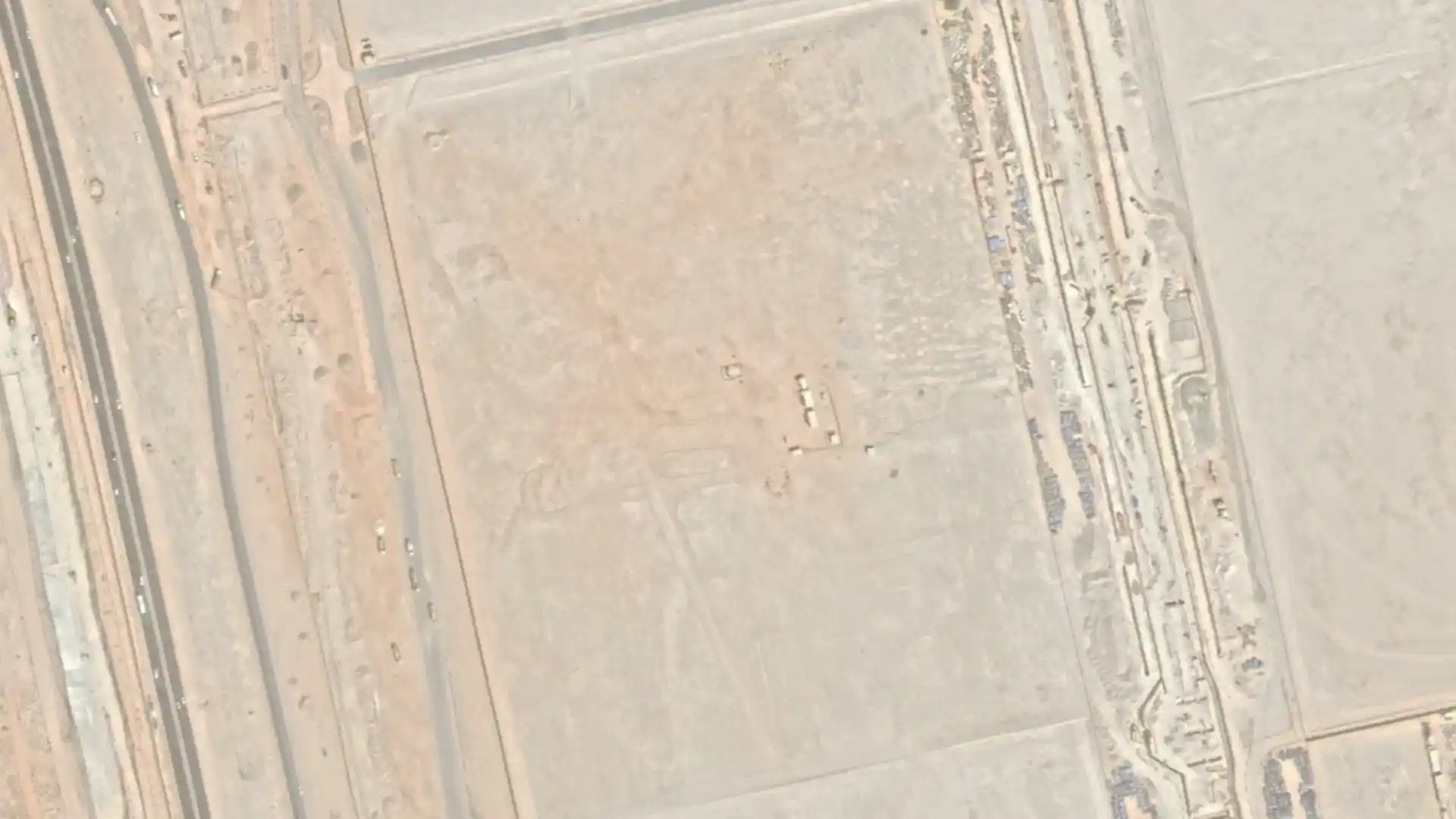

Then: Didn’t exist before 2022.
Now: Built for the 2022 World Cup final—a futuristic marvel.
Fun Fact: Its design is inspired by traditional Arabic bowls.
Anfield – England
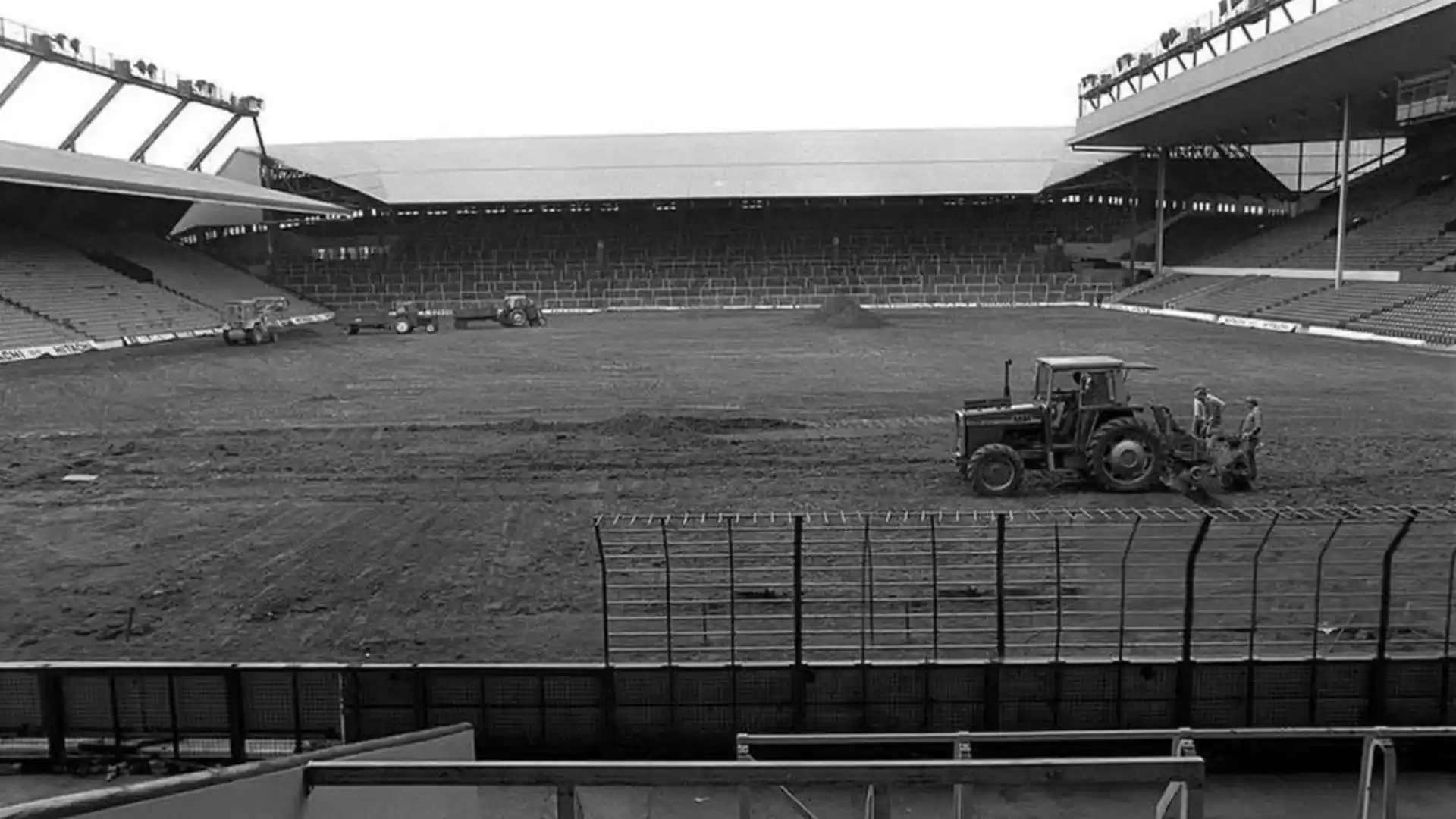

Then: Home of Liverpool since 1892, once with wooden stands.
Now: Gradually expanded with modern tribunes like the new Anfield Road End.
Fun Fact: ‘You’ll Never Walk Alone’ was first sung here in 1963.
Signal Iduna Park – Germany
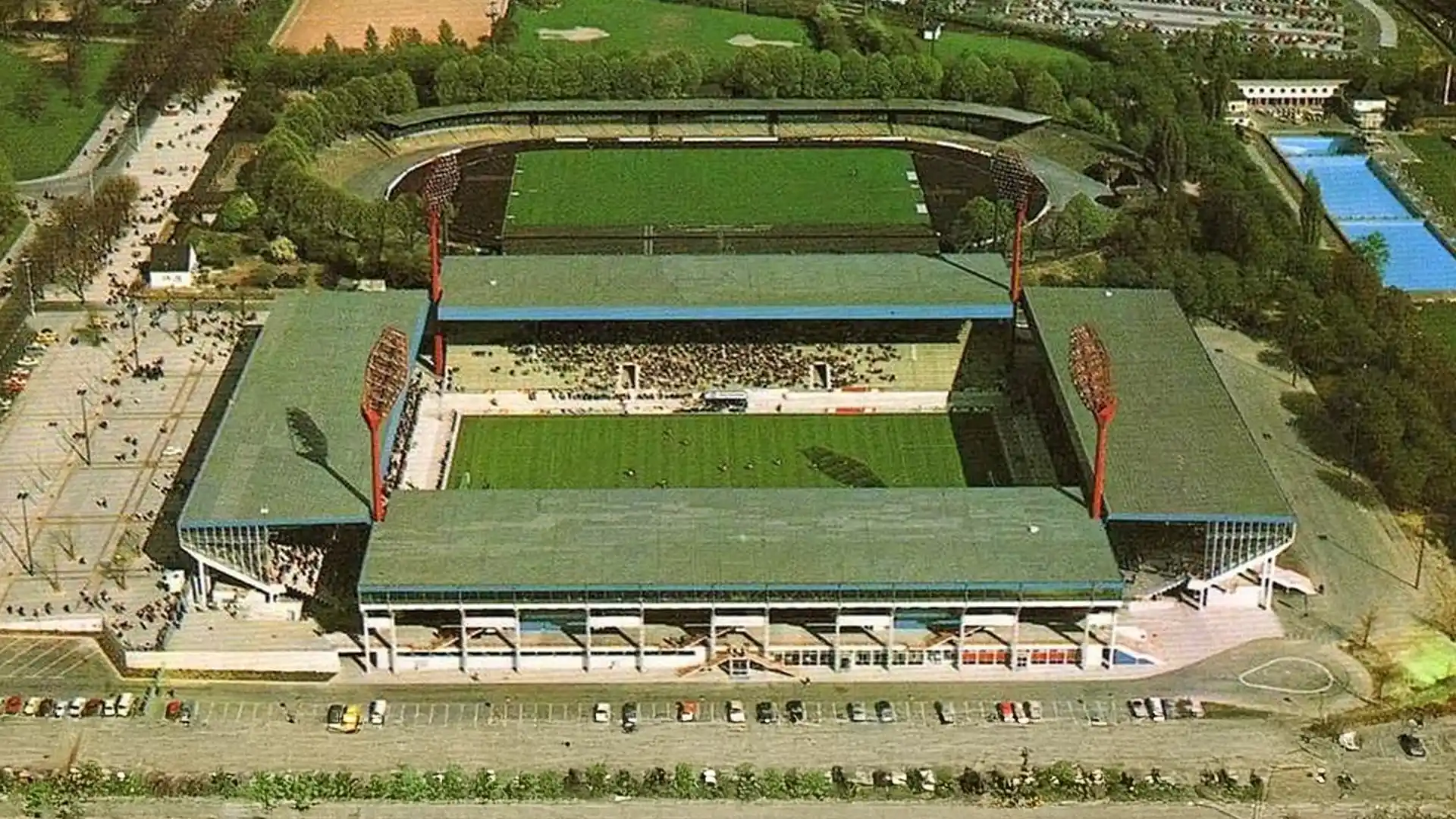
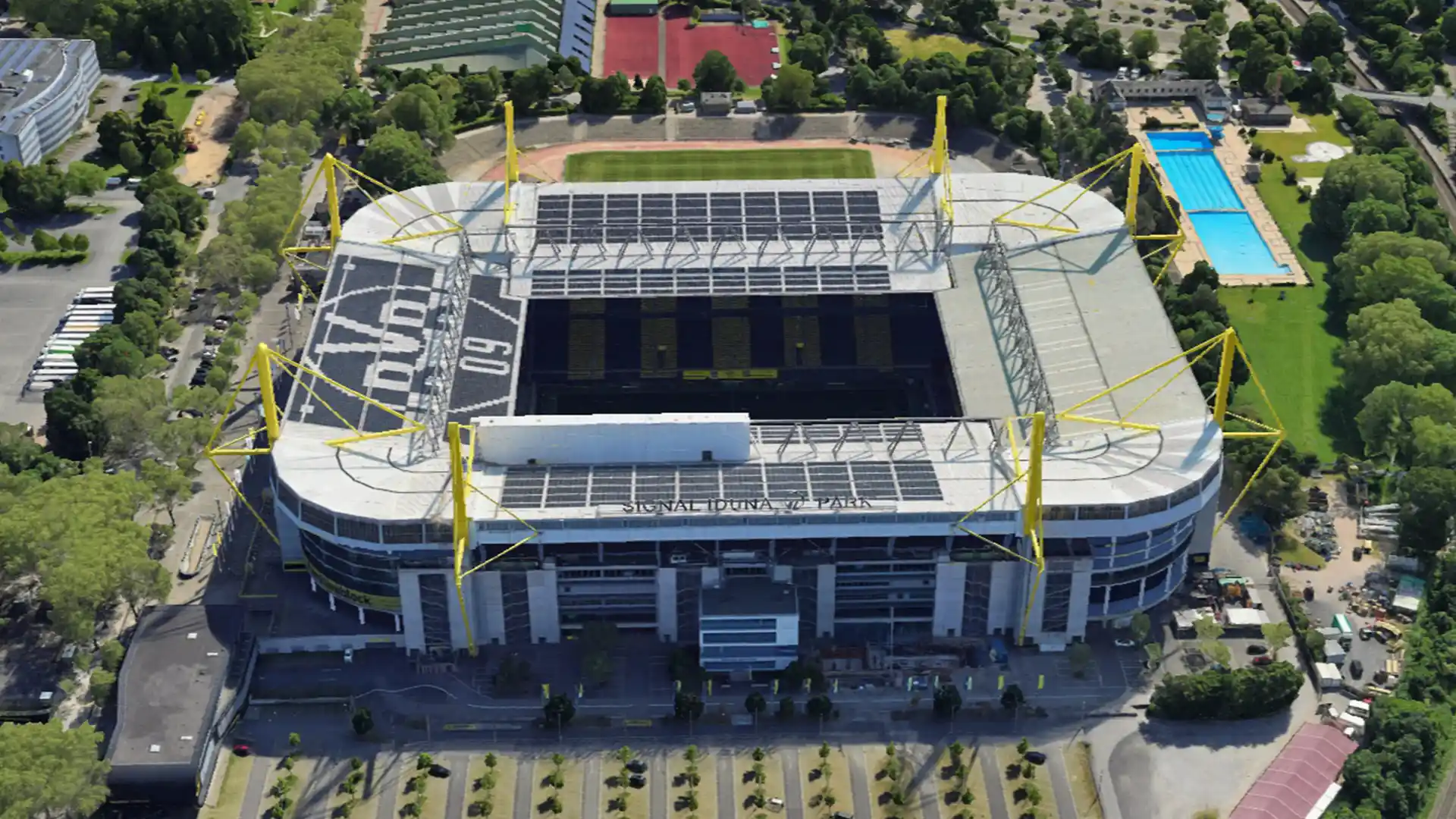
Then: Known as Westfalenstadion, built in 1974.
Now: Expanded to be Germany’s largest stadium.
Fun Fact: The ‘Yellow Wall’ is Europe’s biggest single-tier stand.
Whether rebuilt from scratch or carefully modernized, these stadiums show us how football evolves not just on the pitch, but in the very places we gather to watch it. The contrast between THEN vs NOW isn’t just visual—it’s a story of ambition, passion, and a game that never stops growing.

